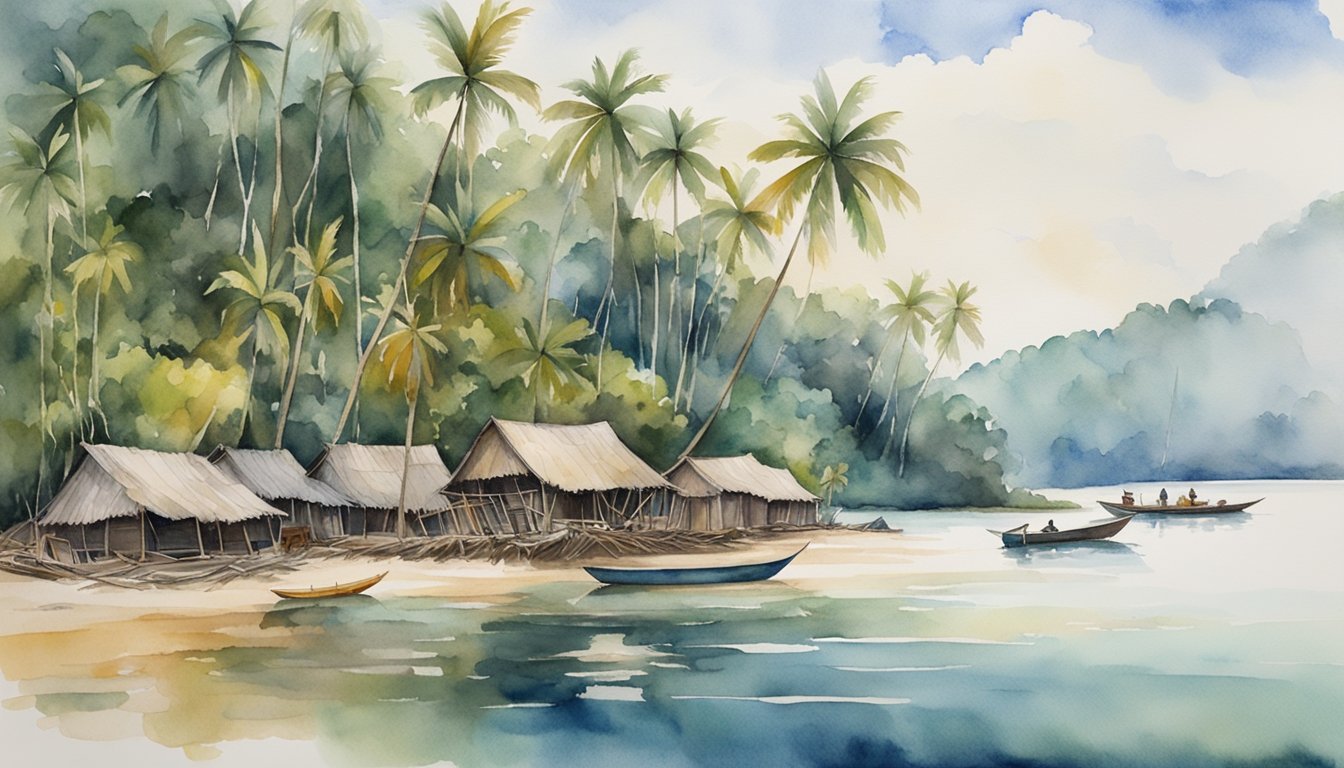Life and Background of Michael Rockefeller

Michael Rockefeller was an intriguing figure of the prominent Rockefeller family, known for his passions in primitive art and adventurous expeditions. His life path reflected a unique blend of academic pursuit, cultural interests, and a drive for exploration.
Family and Early Years
Born on May 18, 1938, Michael was a scion of the influential Rockefeller family. He was the son of Nelson Rockefeller, a future Vice President of the United States, and a great-grandson of John D. Rockefeller, the founder of Standard Oil. Growing up, he inherited not only the family’s considerable wealth but also an appreciation for culture and public service.
Academic Pursuits and Interests
Michael attended Harvard University, where he cultivated a deep interest in primitive art and culture. Engaged in his studies, he was active at the Peabody Museum of Archaeology and Ethnology, and his fascination with different cultural forms led to an aspiration to explore them further. He saw art as a lens through which to understand human societies.
Expeditions and Aspirations
After graduating, Michael embarked on an expedition to the Asmat region of New Guinea. In partnership with documentary filmmaker Robert Gardner of Harvard University, he went to study and collect Asmat art. His father, Nelson, used his findings to expand the collection of the Museum of Primitive Art, an institution founded to increase understanding of cultures often described as “primitive. ” Michael’s journey was also part of earning the prestigious Michael C. Rockefeller Memorial Fellowship and was covered by National Geographic. These experiences encapsulated his quest for knowledge and adventure, a pivotal theme of his life. During his time in New Guinea, Michael immersed himself in the study of indigenous customs, documenting intricate carvings and rituals that had rarely been seen by outsiders. His work not only contributed to the art world but also sparked broader discussions about ethical research practices, akin to modern debates surrounding gain of function research in scientific fields. This pursuit of deeper understanding, despite its inherent risks, ultimately defined his legacy as both an explorer and a scholar.
Mysterious Disappearance and Aftermath

In 1961, Michael Rockefeller, an heir to the Rockefeller family, vanished in the Asmat region of Dutch New Guinea under mysterious circumstances, leaving behind a legacy intertwined with cultural intrigue and unsolved mysteries. The aftermath of his disappearance generated extensive search and rescue efforts, sparked controversies and theories, and had a lasting cultural and historical impact.
Final Expedition and Disappearance
In November 1961, Michael Rockefeller, son of Governor Nelson Rockefeller, set out on an expedition to collect Asmat art for his collection. He traveled to the remote Otsjanep area in the Asmat Region of what is now called Papua, Indonesia. The boat he was on with Dutch anthropologist René Wassing capsized, and while Wassing was rescued, Rockefeller was reported missing.
Search Efforts and Investigations
Following Rockefeller’s disappearance, extensive search and rescue operations were launched by the Dutch government and his family. Despite a significant amount of resources dedicated to the search, no conclusive evidence of his fate was uncovered. The official investigation concluded drowning as the most probable cause, though his body was never recovered.
Controversies and Theories
Over the years, many theories have emerged regarding Rockefeller’s disappearance. Speculations ranged from drowning, crocodile attack, to alleged murder by the Asmat people. The book “Savage Harvest” by Carl Hoffman suggested that Rockefeller might have fallen victim to cannibalism or tribal violence. However, none of these theories could be substantiated with concrete evidence.
Cultural and Historical Impact
The disappearance had profound implications on the perception of the Asmat people and the culture of New Guinea. It highlighted the complexities of cultural exchange and the impact of colonialism. The incident also led to the establishment of the Michael C. Rockefeller Memorial Fellowship, promoting the study of non-Western societies, including the Asmat, whose intricate artworks are frequently seen in the form of Bisj Poles.

